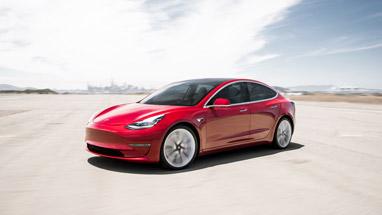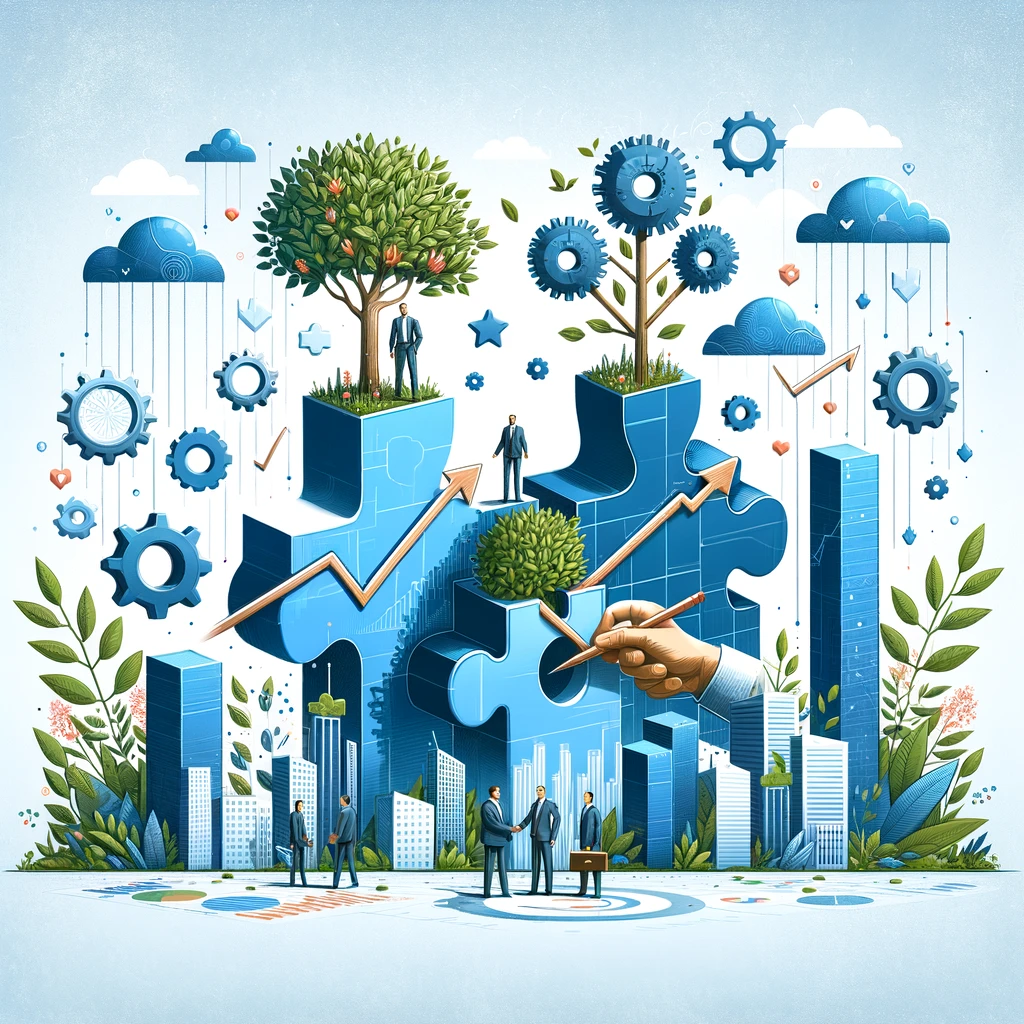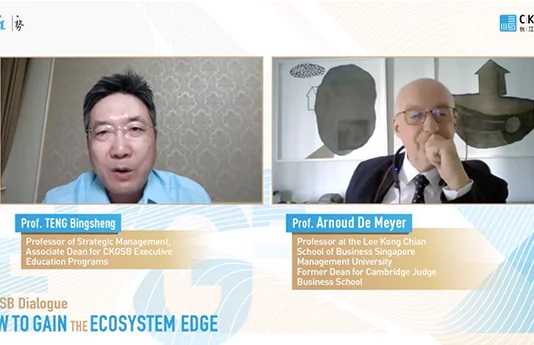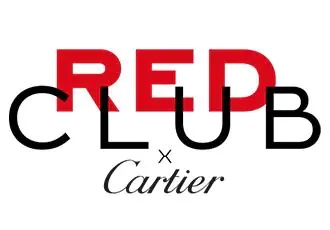In this series of articles, Professor Viard discusses the role of economics in everyday life in China and the world.
Last time I talked about price discrimination and printers. That got me thinking about an experience I had last summer. I ventured into the Tesla dealership in Beijing’s Parkview Green building to check out the new Tesla Model 3 which had shipped just a few months earlier. The new model had gotten a lot of attention because it was Tesla’s first effort to break into mass-market automobiles. Previously, Tesla had offered only the more expensive Model S which can be priced in excess of USD 100,000. I was not actually in the market to buy a Model 3 (I do not drive in Beijing) but I wanted to see it firsthand.
It was on display in the showroom. As I was looking it over, the salesperson described the different “trims” available for the Model 3. “Trims” are car lingo for different configurations of a car model that sell at different price points. The key difference across the Model 3 trims is the battery capacity which determines the maximum range the car can travel before battery recharging is necessary. However, trims also differ by other add-ons such as heated seats, satellite-view rather than standard maps, and upgraded audio. For example, when I visited the showroom the Standard Range Plus trim retailed for RMB 377,000 and had a maximum range of 460 kilometers. The Long Range trim, on the other hand, retailed for RMB 421,000 and had a range of 600 kilometers.
Why does Tesla offer different trims? They want to engage in a form of price discrimination called versioning – an idea I have talked about before in the context of the cost of university degrees in China. The idea is to offer a menu of product versions tailored to appeal to different customer segments. The firm then allows customers to self-select the version they prefer. This allows the firm to charge a higher price to those who value the product highly (like those who choose the Long Range trim) and a lower price to those who value the product less (like those who choose the Standard Range Plus trim).
There are many examples of versioning in other markets. For example, cafes offer different coffee sizes, airlines offer first and economy class, and SF Express offers same day and standard express. What is unusual in this case is how Tesla implemented the versions. After my trip to the showroom I discovered that to save on manufacturing costs, Tesla manufactures identical hardware for the different Model 3 versions and then adjusts the software to produce different versions.
This means that the different Model 3 versions have the same potential capabilities but that some of them are diminished or disabled on the lower-end versions. For example, the batteries in the different trims have the same capacity but the software prevents the battery from charging as fully in lower-end trims. This reduces the maximum range of the car as well as the maximum speed and acceleration. Similarly, the seats in all versions are capable of heating but this option is turned off in some lower-end versions.
Tesla’s approach is known as “damaging” the product to create different versions. That is, take a product that has the potential to be better and degrade it so as to make lower-end versions for the purpose of price discrimination. This is not a new thing. Printer manufacturers have made slower versions of printers by coding the software so that the printer waits longer between printing each page and computer-chip manufacturers have created lower-end chips by disabling the math coprocessors so that the chip calculates more slowly.[ For these and other examples see Denekere, R. and P. McAfee (1996), “Damaged Goods,” Journal of Economics and Management Strategy. Volume 5, Issue 2, pages 149 – 174.]
As I have discussed previously, versioning is not necessarily bad for customers because the lower-end versions may make the product affordable for customers who would otherwise be priced out of the market. In the same way, “damaging” a product to make different versions is not necessarily bad for customers. Moreover, it allows Tesla to manufacture more efficiently. It is cheaper to manufacture a single vehicle type than to produce some types with a smaller battery and others with a larger or some types with heated seats and others without. Doing so would require reconfiguring assembly lines and also risks having unused inventory sitting in showrooms for versions that end up not being as popular. Using Tesla’s approach the trim does not need to be finalized until right before delivery to the customer by selectively turning off or on particular features.
My father always warned me to “look under the hood” when buying a car to make sure that the engine and not just the exterior of the car is okay. For a Tesla Model 3 you would actually have to look inside the computer code to see what you are getting.






















